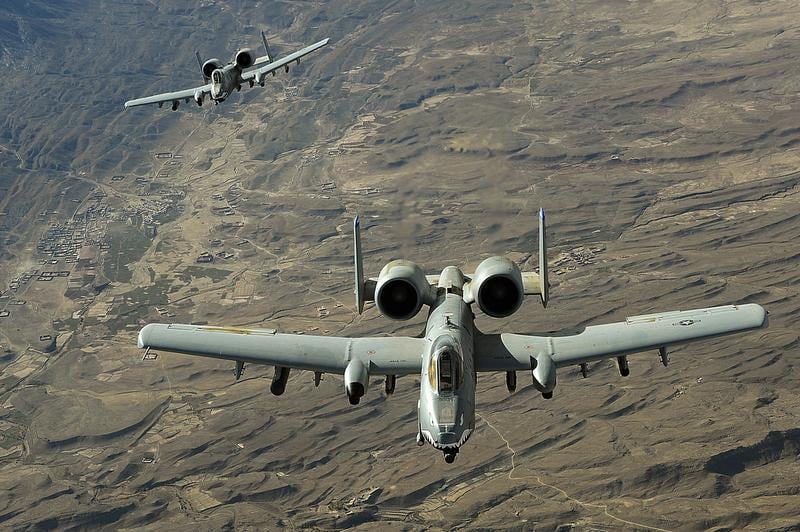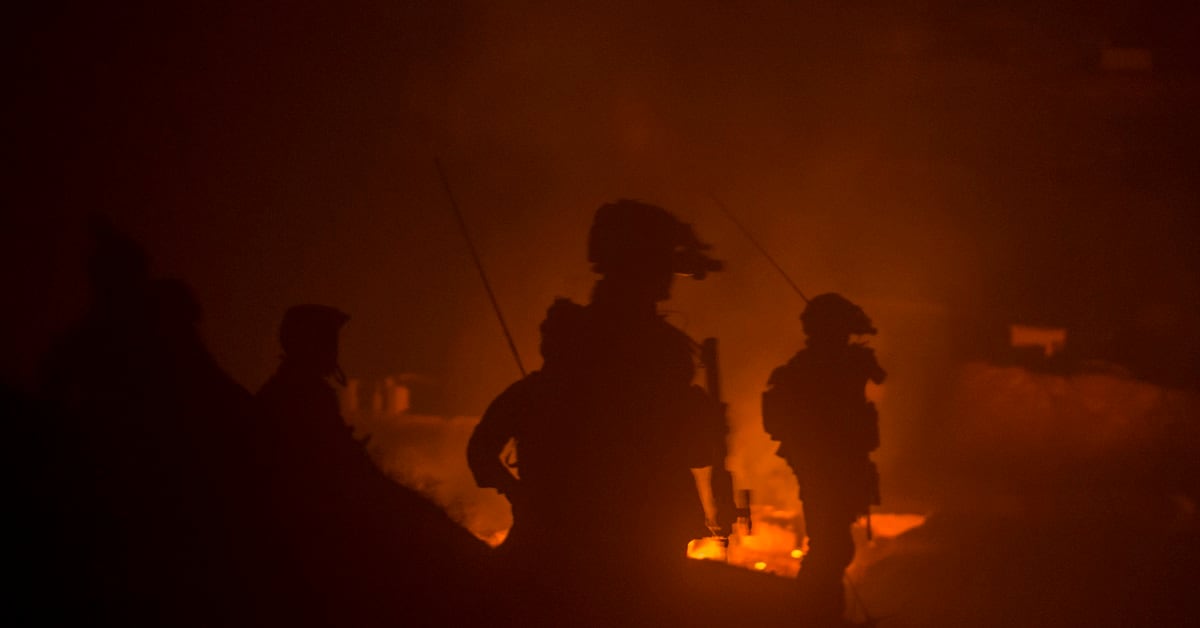The endless slog of peace talks to shutter the 18-year long war has precipitated a tit-for-tat escalation in violence between Taliban and U.S. and Afghan forces resulting in one of the bloodiest years of the conflict.
A December 2019 Defense Department report cautioned that “sustained levels of violence” and Afghan security force casualties on the battlefield was impacting attrition and “outpacing recruitment and retention.”
It’s a worrying metric for Pentagon planners seeking to reduce America’s nearly 13,000-troop footprint in the country. Secretary of Defense Mark Esper has oft voiced that the U.S. may draw down U.S. forces in Afghanistan to 8,600 troops with or without a deal with the Taliban.
Violence has skyrocketed in the country as the U.S. has opted for the hammer to push the Taliban to make a deal and reduce hostilities in the country.
A recent UN report detailed that during September, following President Donald Trump’s decision to temporarily halt peace talks with the militant group, there were 2,780 recorded “security incidents" — the figure represents a 44 percent increase when compared with September 2018.
The increased violence also came as Afghans headed to the polls to vote in the Sept. 28, 2019, presidential election. The UN says the Taliban stepped up attacks to dissuade Afghan citizens from voting and to mar the election’s legitimacy.
RELATED

The UN says there were 643 security-related incidents on election day, “the highest such figure on an election day since 2004."
The Pentagon has heaped praise on Afghan forces for successfully securing polling stations during the election.
“Despite the high tempo of the conflict, neither pro-government forces nor anti-government elements achieved significant territorial gains during the reporting period,” the UN report reads.
Since 2018, the U.S. has orchestrated a campaign focused on military might to force the Taliban to the negotiating table.
Over the last two years, American warplanes have dropped more bombs on Afghanistan than at any point during the Afghan conflict.
According to U.S. Air Forces Central Command, U.S. aircraft dropped 7,423 munitions in 2019 — that’s the highest number of bombs released in nearly a decade.
In 2018, U.S. warplanes dropped 7,362 bombs — the second highest total in a year thus far since AFCENT began publishing the number of munitions released in Afghanistan.
During the month of Sept. 2019 U.S. warplanes dropped 948 bombs — the second highest month for munitions released by U.S. aircraft in nearly a decade.
September’s record haul was only surpassed by the 1,043 bombs dropped by coalition aircraft in October 2010, during the height of America’s participation in the Afghan war. The U.S. had nearly 100,000 troops operating in Afghanistan in 2010 as part of President Barack Obama’s troop surge.
But Afghan forces continue to bleed on the battlefield as they have launched extensive operations to maintain pressure on the Taliban. Those operations have merely led to the continuance of stalemate on the ground where neither the Taliban or Afghan forces appear to be making much progress.
“The Taliban has been unable to fulfill its proclaimed fighting season campaign objectives, capture any provincial capitals, or gain any clear military advantage,” the DoD report reads.
The DoD report claims Afghan forces maintain control over major urban areas, most district centers and key transit routes. But the Taliban continue to hold sway over rural areas where they project power by planning high-profile attacks or coordinated strikes against poorly defended Afghan checkpoints.
Poorly located and often politically driven checkpoints continue to plague Afghan forces. The DoD report detailed that more than half of Afghan forces casualties occurred at “poorly manned static checkpoints.”
Afghan forces have for years tried to curtail the number of static checkpoints that are often erected at the whims of powerful political elites seeking to curry favor with constituents or provide a thin veneer of some semblance of security.
“However, small, defenseless, and redundant checkpoints remain pervasive due to political sensitivities and the fact that checkpoints provide a visible, albeit false, sense of security,” the DoD report reads.
These checkpoints are easily attacked, and stymie efforts by Afghan forces to consolidate and launch offensive operations.
U.S. advisors continue to press Afghan forces to reduce checkpoints. American troops have helped Afghan forces build more defendable outposts while advising Afghan troops on alternatives to checkpoints.
“Out of the top 214 most casualty producing checkpoints, MoI [Afghanistan Ministry of Interior Affairs] has reduced or reinforced 86,” the DoD report reads.
RELATED

Military officials with Resolute Support say that checkpoints continue to be a serious issue for Afghan forces.
Taliban peace talks continue with few signs that America’s longest war is nearing an end. Sticking points over a potential cease-fire and definitions over a reduction in violence have bogged down peace talks.
The Associated Press reported on Monday that Secretary of State Mike Pompeo wants “demonstrable evidence” that the Taliban can carry through on their promise to reduce violence in the country.
Pompeo said a deal with the Taliban was close, AP reported.
“So, what we are demanding now is demonstrable evidence of their will and capacity to reduce violence, to take down the threat, so the inter-Afghan talks ... will have a less violent context,” he said, according to AP. “We’re hopeful we can achieve that but we’re not there yet, and work certainly remains.”
Trump’s envoy leading negotiations with the Taliban, Zalmay Khalilzad, was in Kabul on Saturday talking with Afghan leaders about the progress of the peace talks.
Khalilizad told Afghan President Ashraf Ghani that “no notable progress” was made in the negotiations but that he was hopeful and agreement would be reached, according to AP.
Shawn Snow is the senior reporter for Marine Corps Times and a Marine Corps veteran.





